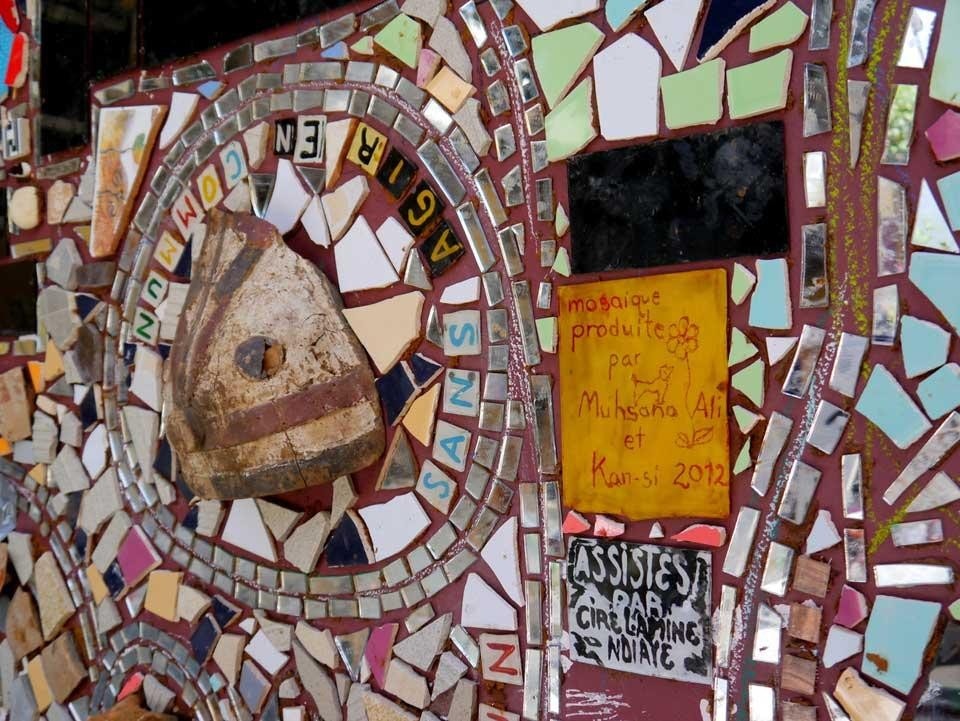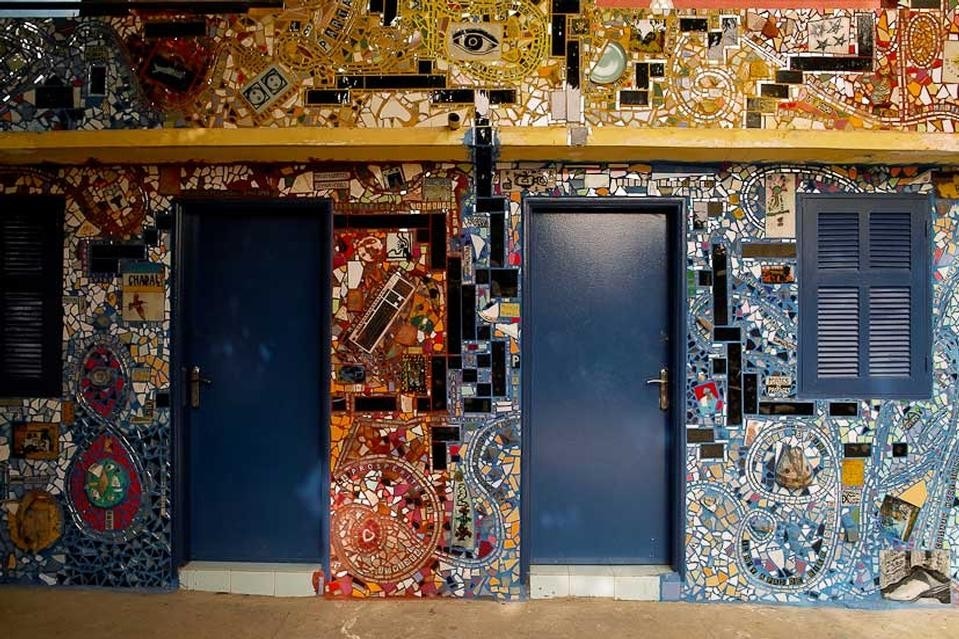In Laura Nsengiyumva's installation, a dilapidated and shabby couch welcomes the biennial audience; in front of it, a family looks out from a plasma TV screen. They watch TV; they look at the biennial; they look at us. But who are we? What does that family sitting in front of us see? And what are we looking for in that family parked in the TV set?
The family in question looks like one of this city's well-off families that — a bit bored and a bit distracted — visits this Dakar event which brings exhibitions and conferences to the city every two years, with a program distributed not only through the opening week but, in this edition, throughout an entire month. "I came to see the artworks," the lady next to me says; and perhaps this is the simple truth, difficult to recognize in an event which takes place in Sub-Saharan Africa. Dakar has its own local audience, interested in culture, and the biennial presents numerous high-quality works and initiatives.
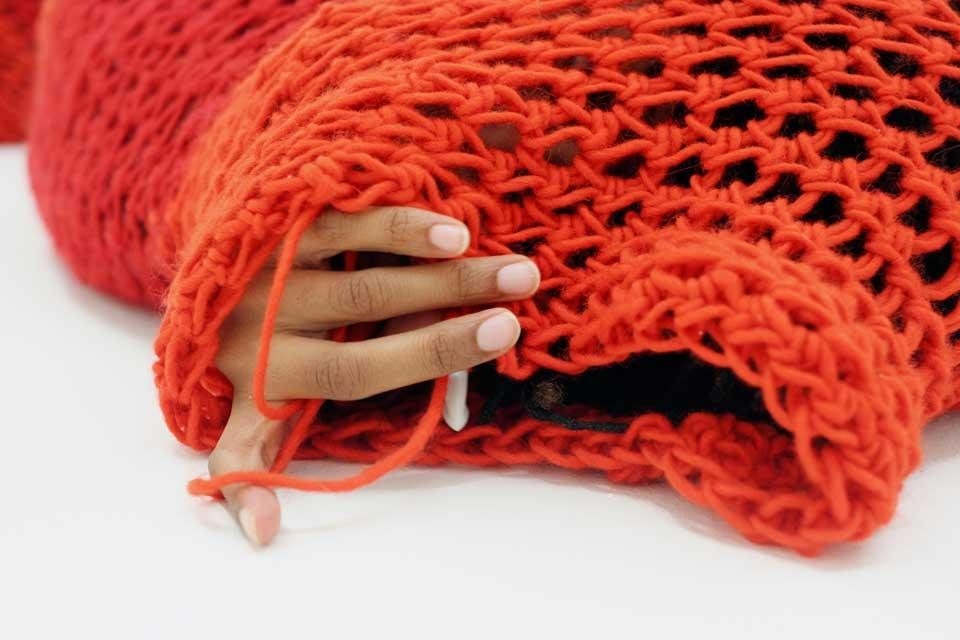
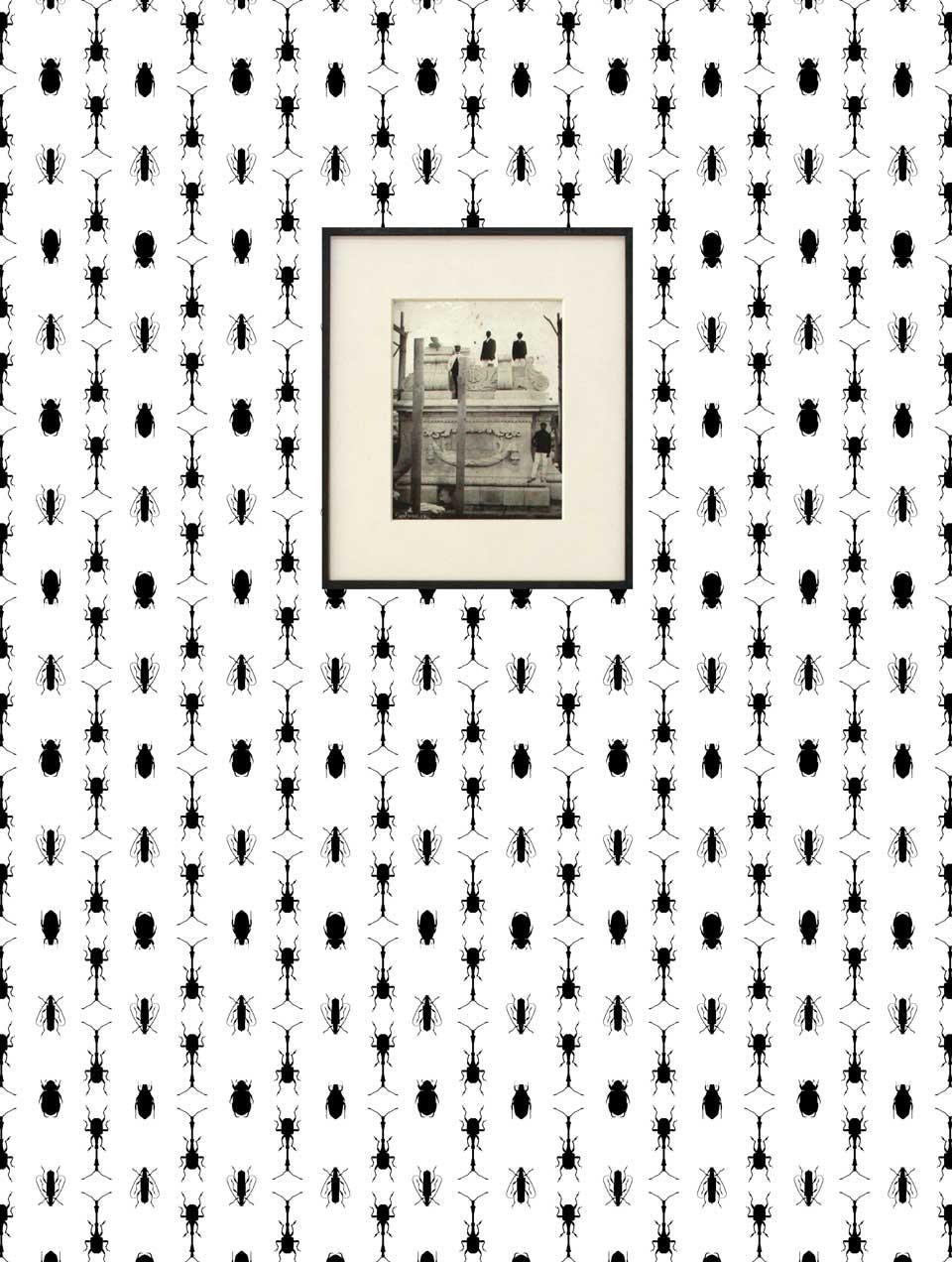
But let's go back to the title, Contemporary Art and Society. At an event that takes place in Africa, the word "society" can take on an unmanageable number of multi-faceted meanings. One of the most fascinating, proposed by Kër Thiossane, focuses on the question of "common goods." The Dakar biennial invited a number of artists to think about this topic (among them Yassine Balbzioui), producing laboratories and organizing a lively conference to explore the concept. The idea of "common goods" was connected to the experience and vision of a group of intellectuals and activists: among them, Achille Mbembe, the rapper Thiat — member of the Y'en a marre collective, which has contributed to political change in Senegal —, writer Ken Bugul, artist Kan Sy, curator Simon Njami and writer and musician Felwine Sarr. The discussion offered the public a lens through which to look at art, culture, politics and society, regarding them as elements with a significant role within a single discourse.
Disorder in Dakar was found in the missing captions, works of art that never reached their destination, Kafkaesque accreditation processes and an unknown program. In this condition of accidental and intentional encounters, dialogue nourishes thinking
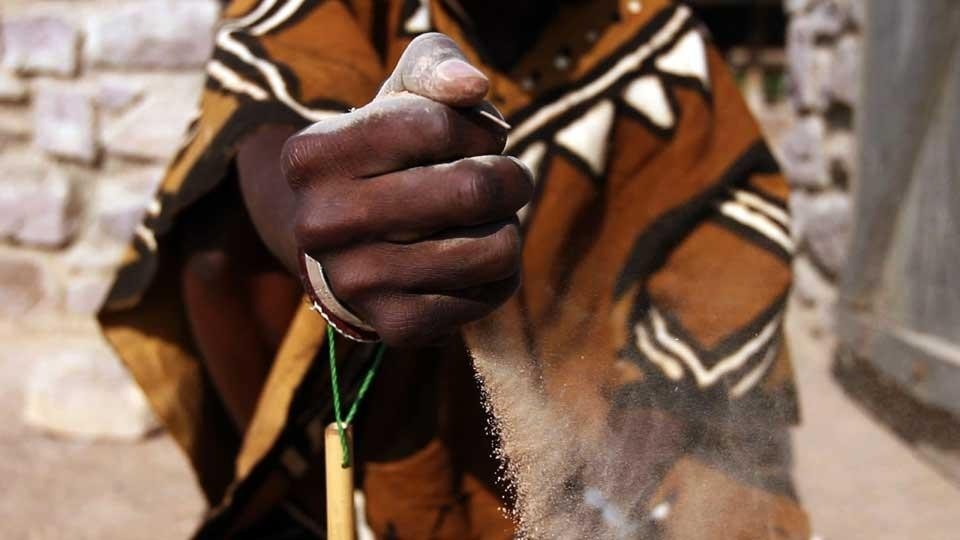
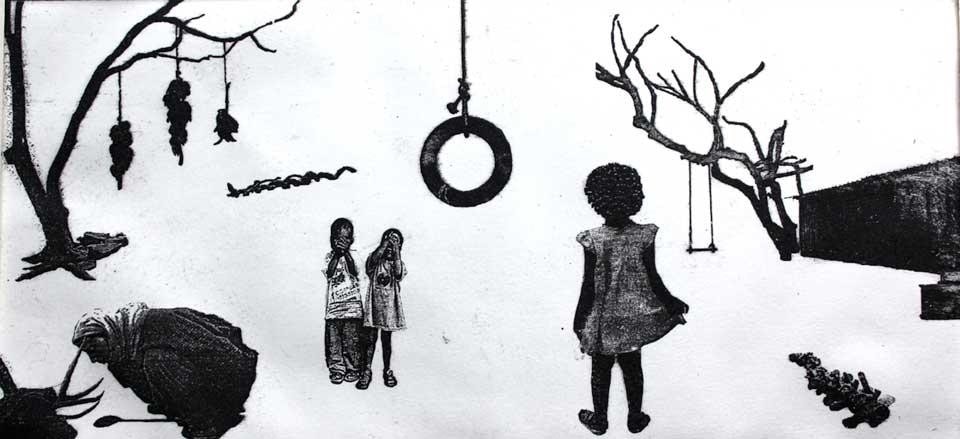
Mamadou Jean Charles Tall is an architect and co-founder and chairman of the board of directors of the Collège Universitaire d'Architecture in Dakar. The school is currently studying public space, the image of the city, cultural heritage and urban disorder, referring to Ron Eglash's fractal theory, nurtured by conversations with writer Lionel Manga and the Cameroon organization doual'art. Looking at Tall's work, the biennial is not only an opportunity to enrich his international contacts, to give visibility to his efforts and to enhance his students' educations, but it is especially — as he indicates — "an occasion for reflection." The relationship with contemporary art has nurtured the work of a professional who is now gradually forming a new generation of Senegalese architects and urbanists.
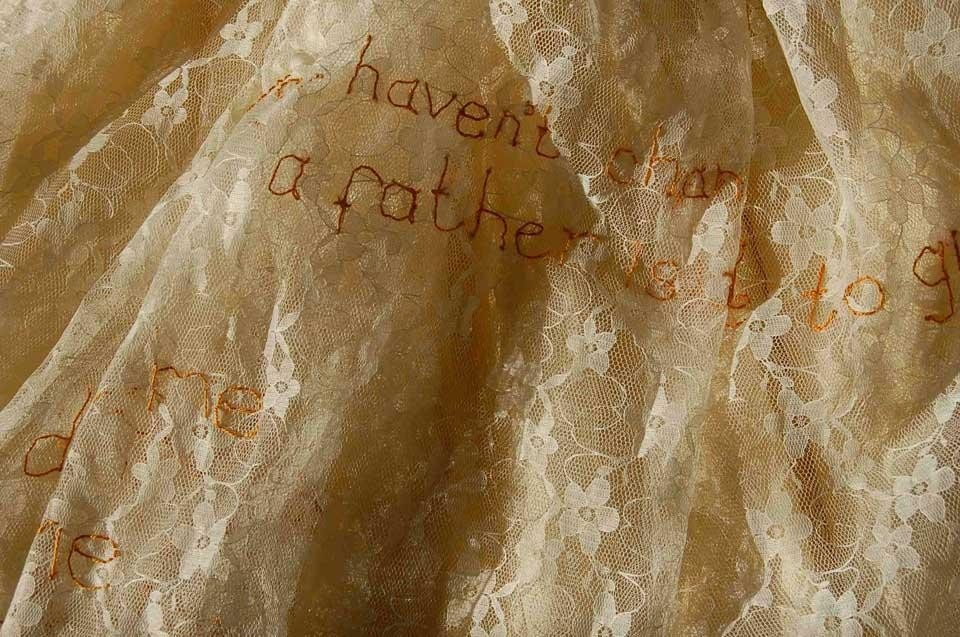
It is as though over time the lively Dakar biennial has created "infiltrations." The encounter with contemporary art has created porosity, offering space for new languages and tools, allowing a possibility to rethink the world, and the materialization of new questions that help renew the way we view and analyse reality and intervene upon it.
